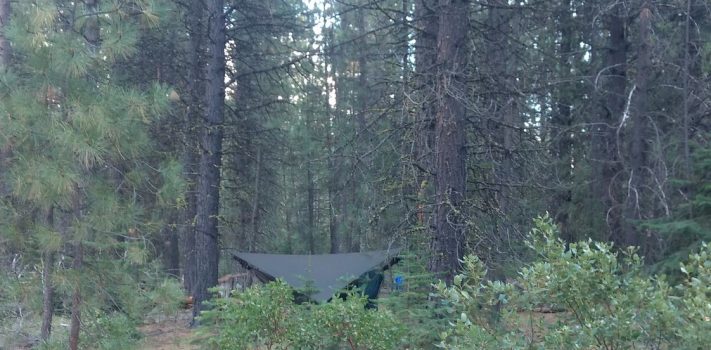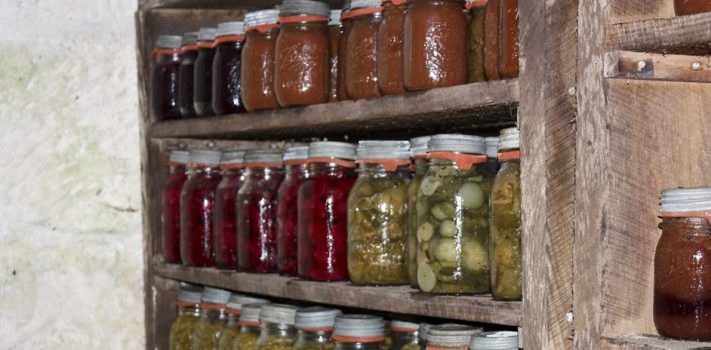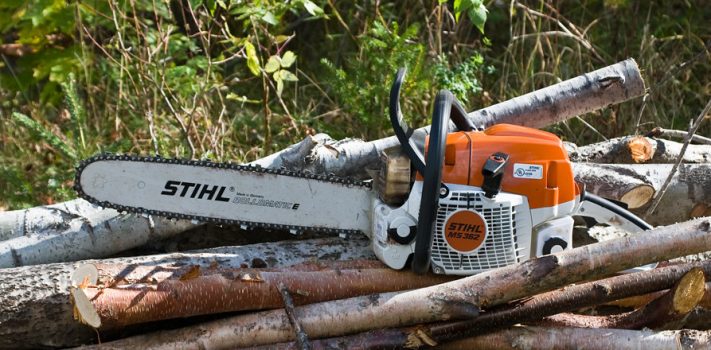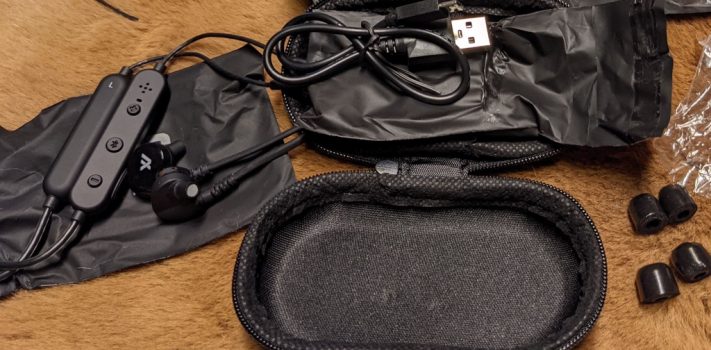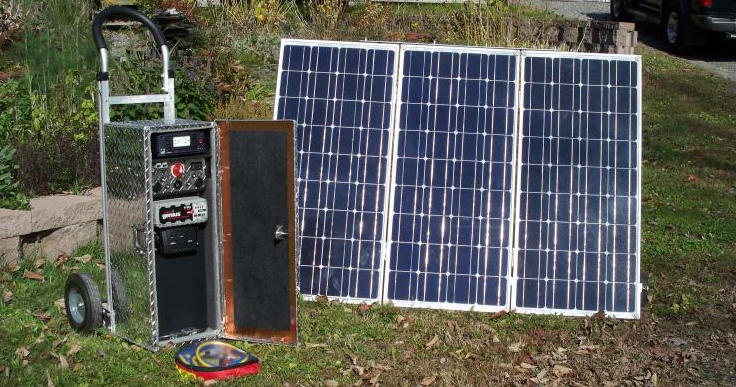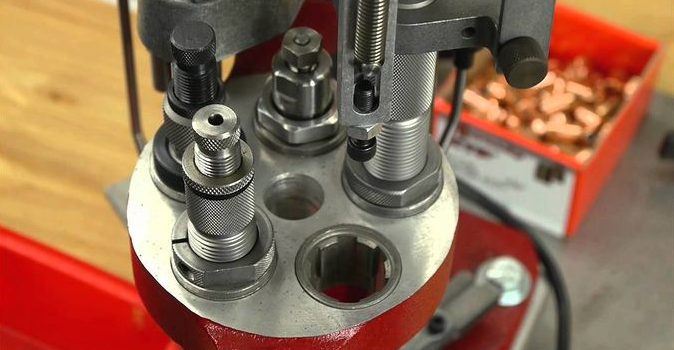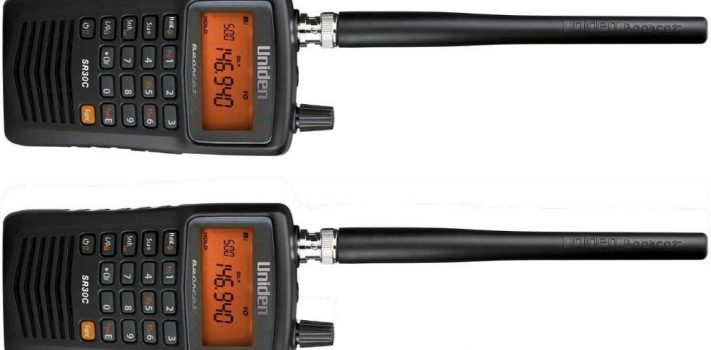You Need to Train, by Joe Dolio
I think that the biggest gap and blind spot that we have in preparedness circles is training. A quick look at social media will confirm this. You’ll find discussions and photos of all the latest whiz-bang gadgetry we buy, photos of our food stockpiles, photos of guns and ammo, but not a lot of discussion on the training we do. Now, I‘m not really a fan of discussing anything on social media, which I’ll get into in a second, but most people narrative their lives on it, and the lack of discussion is proof that training isn’t happening for most. …

